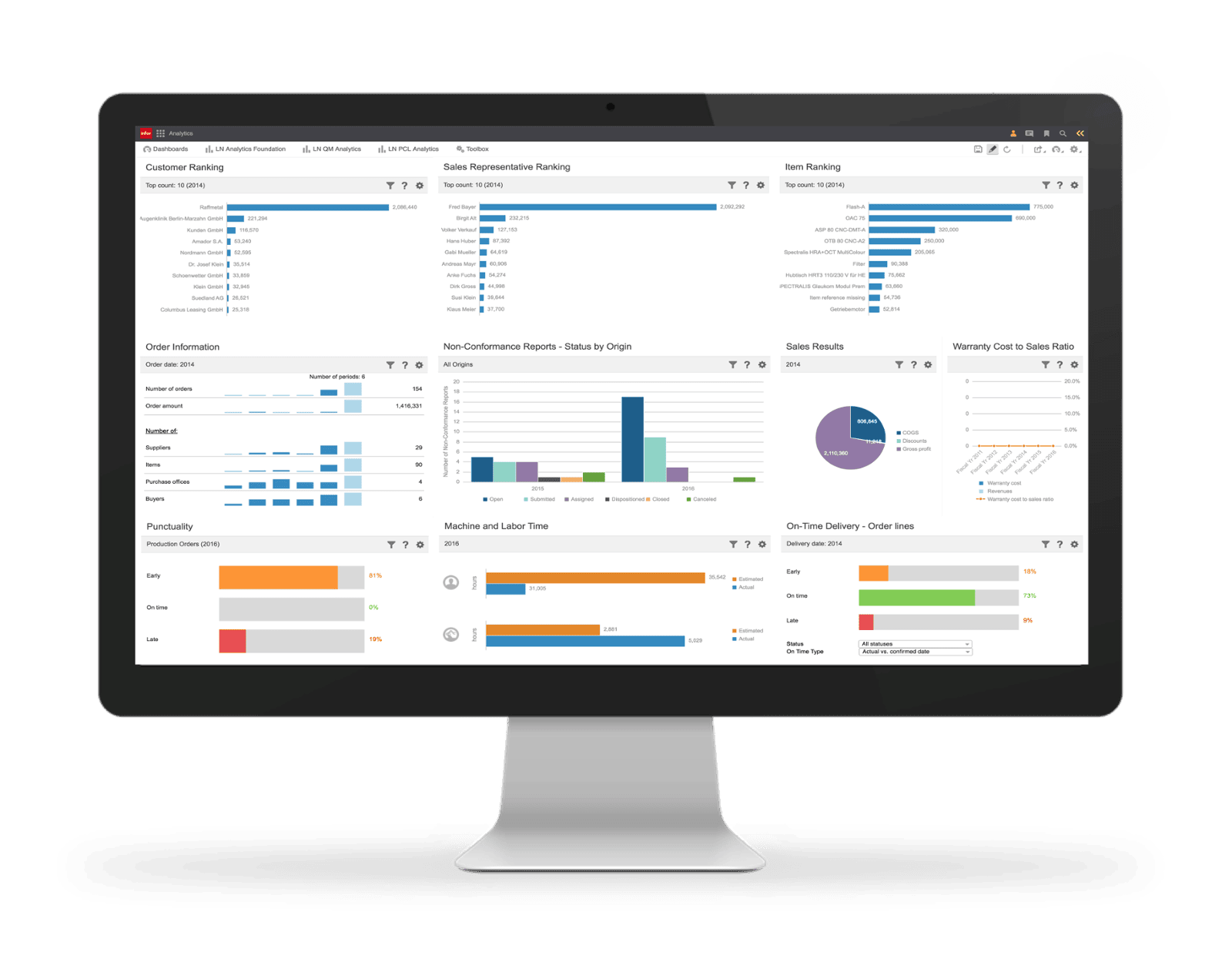Enterprise Resource Planning (ERP) systems are pivotal in managing critical business processes. As organizations increasingly transition to cloud-based ERP platforms, disaster recovery capabilities become more robust, streamlined, and reliable. Cloud ERPs, such as Infor CloudSuite, offer substantial advantages, particularly in disaster preparedness and business continuity.
Understanding the Importance of Disaster Recovery (DR)
A Disaster Recovery Plan (DRP) outlines procedures to rapidly restore business operations following unexpected disruptions such as natural disasters, cyberattacks, or system failures. For cloud ERP customers, a well-structured DR plan ensures:
Rapid recovery and minimal downtime
Enhanced data security and redundancy
Reduced operational risks
Compliance with industry regulations
Key Benefits of Cloud ERP in Disaster Recovery
Built-in Redundancy and High Availability
Cloud-based ERP solutions inherently include redundancy by hosting data across multiple geographic locations. This significantly reduces risks associated with single points of failure and ensures high availability.
Automated and Reliable Backups
Cloud ERP providers typically offer automated backup solutions, eliminating the manual intervention required for traditional backups. Frequent backups to multiple secure locations help maintain data integrity and minimize potential data loss.
Enhanced Security and Protection Against Cyber Threats
Cloud ERP systems incorporate advanced security protocols, including regular security updates, threat monitoring, and built-in incident response frameworks. This robust security infrastructure is crucial for mitigating cyber risks like ransomware attacks.
Rapid Recovery Through Automation
Cloud platforms leverage automation tools to swiftly restore applications and data, significantly reducing recovery times compared to traditional on-premise solutions. Automated failover capabilities facilitate immediate transition to redundant systems without manual intervention.
Cost-Effective Scalability
Cloud ERP disaster recovery plans offer flexible and scalable models. Businesses pay only for resources they need, thereby reducing upfront infrastructure investments and operational expenses.
Continuous Compliance and Audit-Ready Documentation
Cloud providers maintain stringent compliance standards, such as GDPR, HIPAA, and SOX. These providers typically document compliance procedures rigorously, facilitating easy audits and maintaining regulatory adherence.
Crafting an Effective Cloud ERP Disaster Recovery Plan
Risk Assessment and Impact Analysis
Identify critical ERP operations and assess vulnerabilities. Define Recovery Time Objectives (RTOs) and Recovery Point Objectives (RPOs) aligned with business priorities.
Leverage Built-in Cloud Capabilities
Utilize provider tools for automatic backups, geo-redundancy, and data replication. Maximize native features like automatic failover and load balancing to maintain service continuity.
Forming a Disaster Recovery Team
Establish a specialized team tasked with managing disaster scenarios. The team should collaborate closely with the cloud provider to optimize system recovery procedures.
Regular Testing and Simulation
Conduct regular disaster simulations to test the effectiveness of the DR plan. Cloud ERP solutions facilitate seamless testing without impacting live systems, ensuring preparedness and rapid response during real incidents.
Continuous Improvement and Plan Updates
Regularly update and refine the DR plan to reflect changes in business processes, ERP functionalities, and compliance requirements. Cloud ERP platforms facilitate rapid adaptation to these changes.
Real World Scenario: Rapid Recovery in Action
Consider a scenario where a company’s cloud ERP system faces a ransomware attack:
The cloud provider immediately isolates affected areas.
Automatic recovery from backups occurs seamlessly.
Operations quickly resume in a geographically redundant cloud region.
Business continuity is maintained with minimal disruption and no significant data loss.
Real World Scenario: Rapid Recovery in Action
Cloud ERP solutions provide powerful tools for effective disaster recovery, significantly enhancing organizational resilience. The built-in redundancy, automated backups, rapid failover, and advanced security of cloud ERPs create a robust framework for minimizing risks and ensuring continuous business operations. By adopting and fully leveraging cloud ERP platforms, organizations can ensure superior disaster preparedness, faster recovery times, and robust regulatory compliance, all while benefiting from scalable and cost-effective infrastructure.
Makes the move to cloud as simple as possible
CloudSuite™ Industrial is powered by SyteLine®, an ERP solution that’s been supporting the SMB market for more than 30 years.












